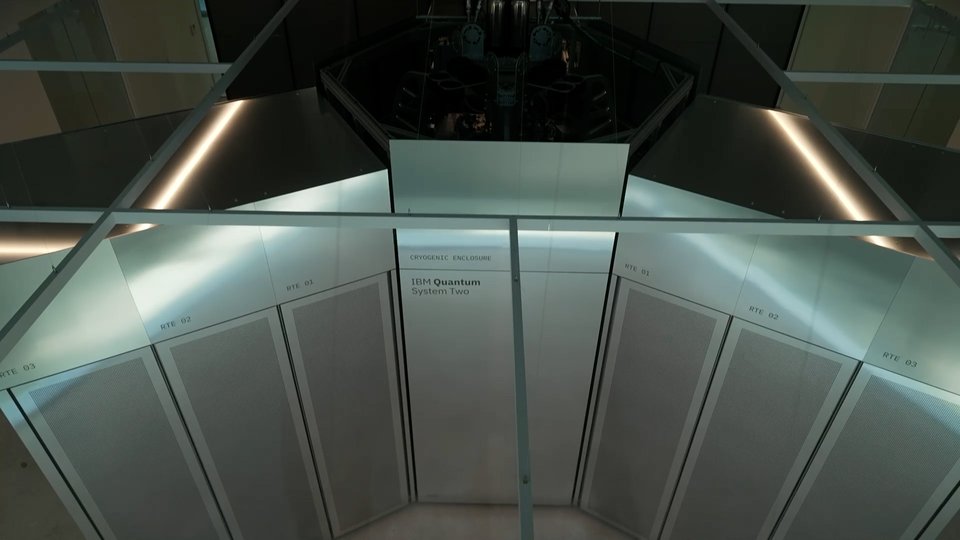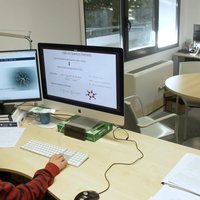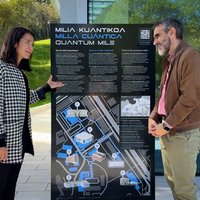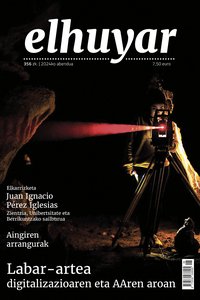At high speed, slower

So if someone thinks that, it's wrong. And I do not say it, Einstein himself said in 1907 when he presented his particular theory of relativity. He gave several examples to illustrate his theory. One of them is that we have two synchronized watches. Suppose also that one is sent to make a journey at the speed of light and the other we leave it on Earth. When it returns, the clock that has been at the speed of light will arrive delayed with respect to the other. That is, there will be less time for the clock that has been close to the speed of light.
Demonstrate what is proposed
What Einstein said has now been tested by physicists at the University of Manitoba through an experiment proposed by Einstein himself.

The experiment is related to ions. The atoms – and the ions, logically, being charged atoms interact with the light that comes to them –, reflect one part and absorb another. The absorbed light brings energy to the atoms, excites them. However, atoms tend to return to an unexcited state and emit that excess energy in the form of rays of one type or another (what they emit can be visible, infrared, ultraviolet or any other light).
The movement of the rays is wavy, that is, it moves cyclically up and down, like the waves of the sea. Depending on the type of light, the waves move more or less quickly and at that speed it is called frequency (it is basically the time it takes to pass twice from a certain position of the wave movement).
Based on all this, Einstein proposed to test his theory: if an ion accelerates at high speed, time would slow down for the ion. Consequently, the movement of the waves that emitted this ion would also slow down, that is, the frequency of the waves would decrease.
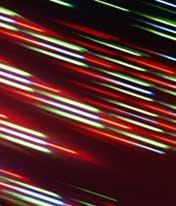
Of course, Einstein could not demonstrate his theory because with the technology of the time it was impossible to perform such measurements. Now we have particle accelerators. These instruments allow accelerating charged particles, such as ions, to reach very high speeds.
The Manitoba team used this instrument to speed up lithium ions up to 6% of the speed of light (up to 18,000 kilometers per second! The ions were then excited by laser beams and the frequency of light emitted was measured. And go! It was observed that the frequency of light emitted by the ions was less than that emitted under normal conditions, that is, when they are not accelerated.
When conducting the experiments, scientists take into account the "risk" of obtaining the results they obtain by chance or by chance. That is, it can happen that the experiments being carried out are adjusted to the previous belief or the expected results by chance or chance and not because the hypothesis is correct.
To put aside the influence of chance, repeat the experiments again and again and compare all the results obtained. The Manitoba team also did so. The results indicate that the experiment has a single alternative of ten million to be incorrect or dependent on chance. What a brand! Every day we have the opportunity to learn something new.
Published in 7K.
Buletina
Bidali zure helbide elektronikoa eta jaso asteroko buletina zure sarrera-ontzian



